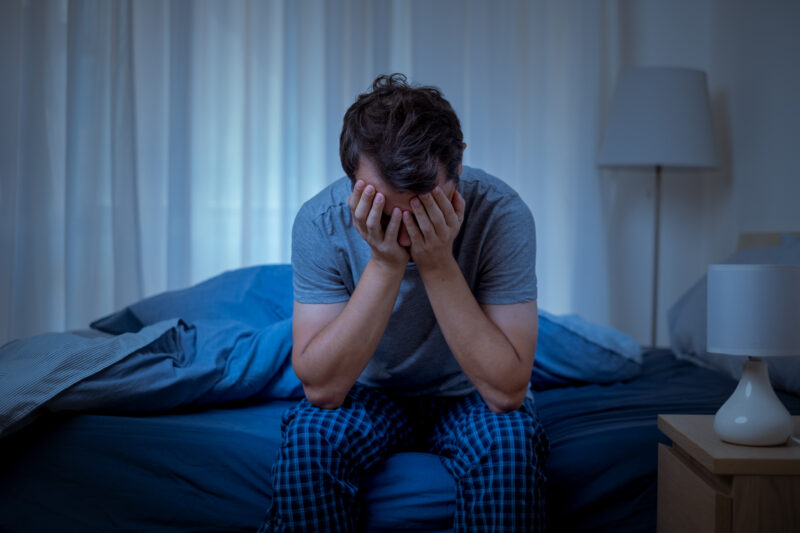The importance of sleep in health
When we think about optimizing our health, we probably think of three major things: diet, exercise, and sleep. And while each of these three things plays an important role in living a long and healthy life, sleep is often deprioritized over exercise and diet because many people don’t understand the true value of sleep or even realize that their sleep quality could be improved.
That’s right – believe it or not, your sleep quality and duration are probably not as good as they should be, and this is a widespread issue. Getting enough high-quality sleep is vital for physical and mental health, and sleep plays a unique role in heart health, hormone regulation, metabolism, and memory (among many other things).
While we may sleep in complete darkness, exposure to different types of light while we are awake plays more of a part in our sleep than you might think, and light therapy – especially red light therapy – is growing in popularity as a treatment to improve sleep.
Light’s role in sleep: The good and the bad
Since the beginning of humanity, sunlight has been at the core of our circadian rhythms, which is the internal cycle that controls when we’re awake and when we sleep. The sun emits large quantities of blue light, which stimulates our bodies and brains to wake up and stay awake, and when the sun sets, our body is triggered to start producing higher levels of melatonin, the hormone that makes us sleepy.
With how crucial sunlight is to regulating our circadian rhythms, it only makes sense that lack of sunlight would impact that circadian rhythm and confuse our bodies about when it’s time to be awake and when it’s time to sleep. This leads to one of the biggest reasons sleep disorders are so prevalent in the world today – humans spend too much time inside, and don’t get enough natural sunlight.
An even larger issue with light and sleep is how much artificial blue light we are absorbing each and every day by staring at the screens of laptops, phones, tablets, and televisions. If you’re like most people, you probably spend your evenings winding down from the day with TV or a movie, but exposing yourself to this blue light so close to bedtime is actually messing with your sleep, because your body doesn’t know it’s dark and thus, isn’t triggered to prep your body for sleep.
In the same way that light can make our sleep worse, light can also make our sleep better – this is where red light therapy enters the scene.
Can red light therapy help sleep?
While red light therapy is commonly associated with aesthetics, recent research suggests that red light therapy may also help you improve sleep quality and duration.
It can do this because it’s the opposite of blue light and mimics a sunset, so our brains and circadian rhythms are triggered to increase melatonin production and start preparing the body for sleep.
But, red light therapy doesn’t need to be done at night to have the same effect on sleep. Red light works deep in your system to recharge your cells to be more effective at their unique job, whether that be increasing energy during the day or producing melatonin at night.
A few notable clinical studies in recent years have shown just how impactful red light therapy can be in improving not just the overall quality of sleep, but in helping people stay asleep for longer, too. Just 15-30 minutes of red light exposure can make a world of difference in your sleep, reversing the effects of less-than-ideal sleep over the years.
–
If you’re interested in exploring red light therapy to support your health and wellness goals, contact the team at 10X Health to learn more about our at-home Superhuman Protocol devices or book your first appointment in Aventura, FL today!
